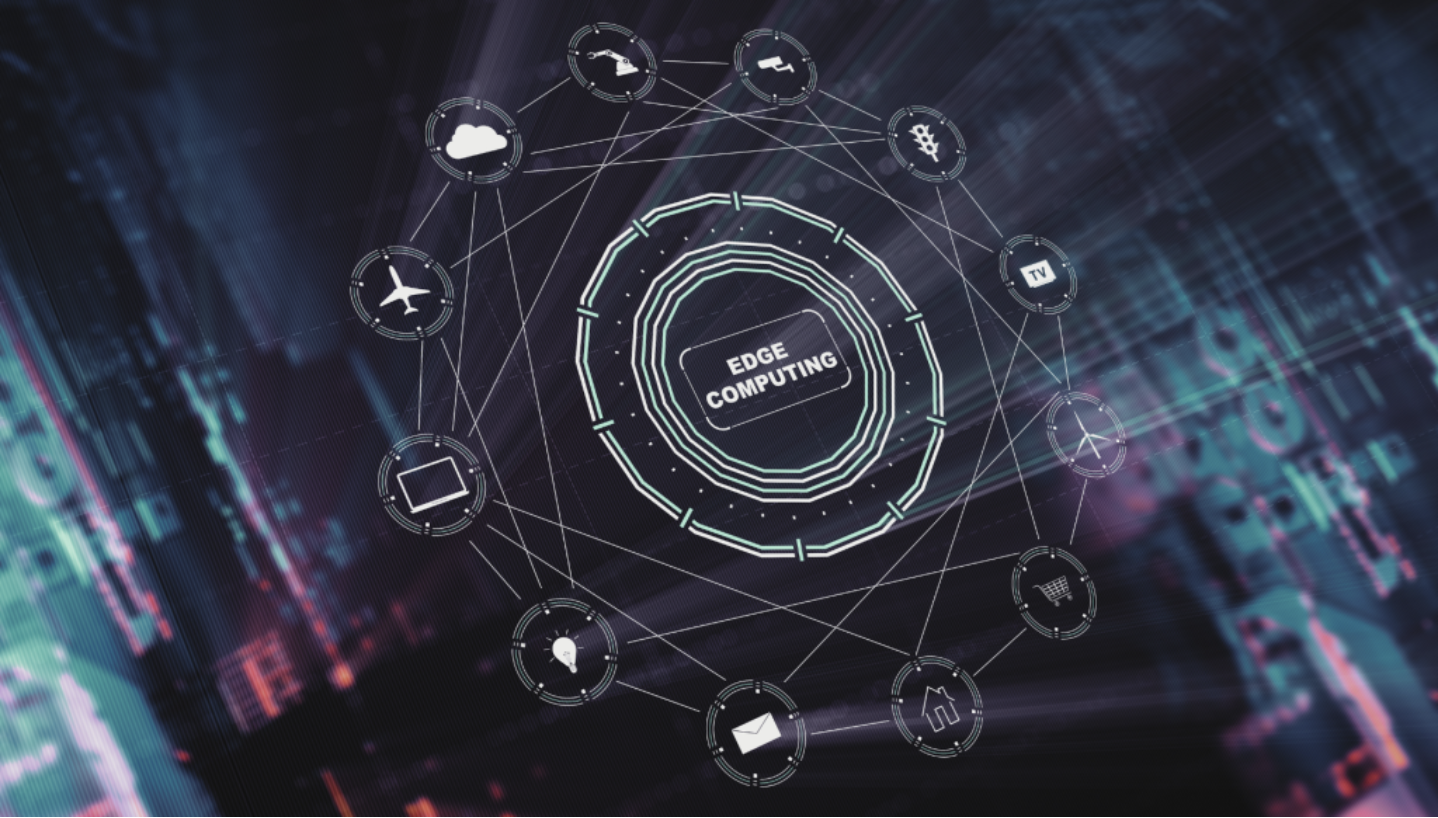
Edge computing is a concept focused on bringing data processing closer to its source to reduce delays and optimize bandwidth use. Essentially, it means shifting some tasks away from the cloud to local devices like a user’s computer, an IoT device, or an edge server. This helps cut down on the long-distance communication that typically happens between the client and the server.
Rather than relying on a centralized server or the cloud, edge computing is a distributed system that processes data near where it’s being created. Devices such as laptops and smartphones connect to the network, and edge servers manage data locally in real-time.
In a traditional setup, data is generated on a user’s device, then sent to a central server for processing and storage over various networks like the internet. While this client-server model is effective, the rapid increase in data volume and the number of connected devices is putting a strain on traditional infrastructure. Gartner predicts that by 2025, 75% of enterprise data will be generated outside centralized data centers. This flood of data creates network congestion and system failures. The key idea behind edge computing is to move the computing power closer to the data, rather than pulling the data toward the data center.
Edge computing can be highly beneficial across various industries, improving productivity, security, and performance. Here are a few examples of how edge computing is applied in different sectors:
In the banking and finance industry, edge computing enhances ATM security through image recognition, allowing AI to monitor video feeds for suspicious activities. If an issue is detected, the system can act immediately without involving human intervention, ensuring faster response times.
For the manufacturing industry, edge computing helps manage large volumes of machine-generated data. By processing data locally, only valuable information is sent to the cloud, reducing overload and improving efficiency. Manufacturers can also use edge computing to create new business opportunities, like remote monitoring and maintenance services that generate additional revenue.
In retail, edge computing enables secure and efficient inventory management. AI-driven systems can track stock levels and trigger actions like flash sales when needed. Even with poor network connectivity, these systems can continue to operate smoothly.
In the automotive industry, edge computing enhances self-driving car technology. From monitoring vehicle health to avoiding collisions, edge AI systems make real-time decisions to improve safety and efficiency.
Edge computing offers several advantages:
- Reduced Latency: By processing data locally, edge computing delivers faster performance, which is crucial in fields like healthcare and transportation where even a small delay can lead to significant issues.
- Safety: Businesses can better control sensitive data by storing critical information locally rather than relying on remote servers.
- Scalability: As data volumes grow, edge computing allows for storage both locally and in distant centers. When a network reaches its capacity, the system can shift less important data to remote locations while keeping essential files nearby.
- Versatility: Edge computing strikes a balance between local and cloud storage, optimizing performance while ensuring specific data can still be processed at the edge of the network.
- Reliability: With less reliance on third-party networks, edge computing reduces the impact of external failures. Even during offline periods, locally stored data remains accessible and is synced once the connection is restored.
Overall, edge computing offers significant benefits in terms of speed, security, and scalability, making it an increasingly important tool for businesses across various industries.













